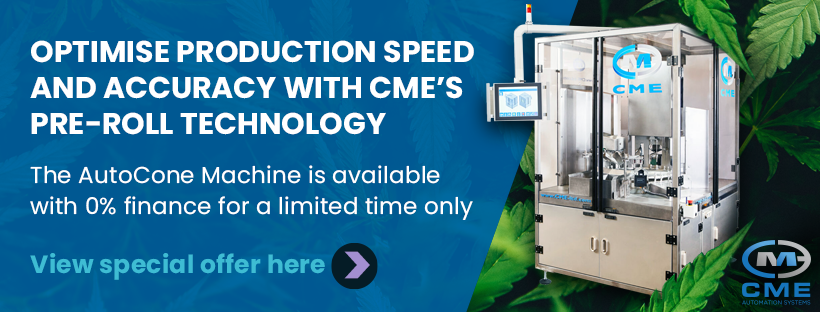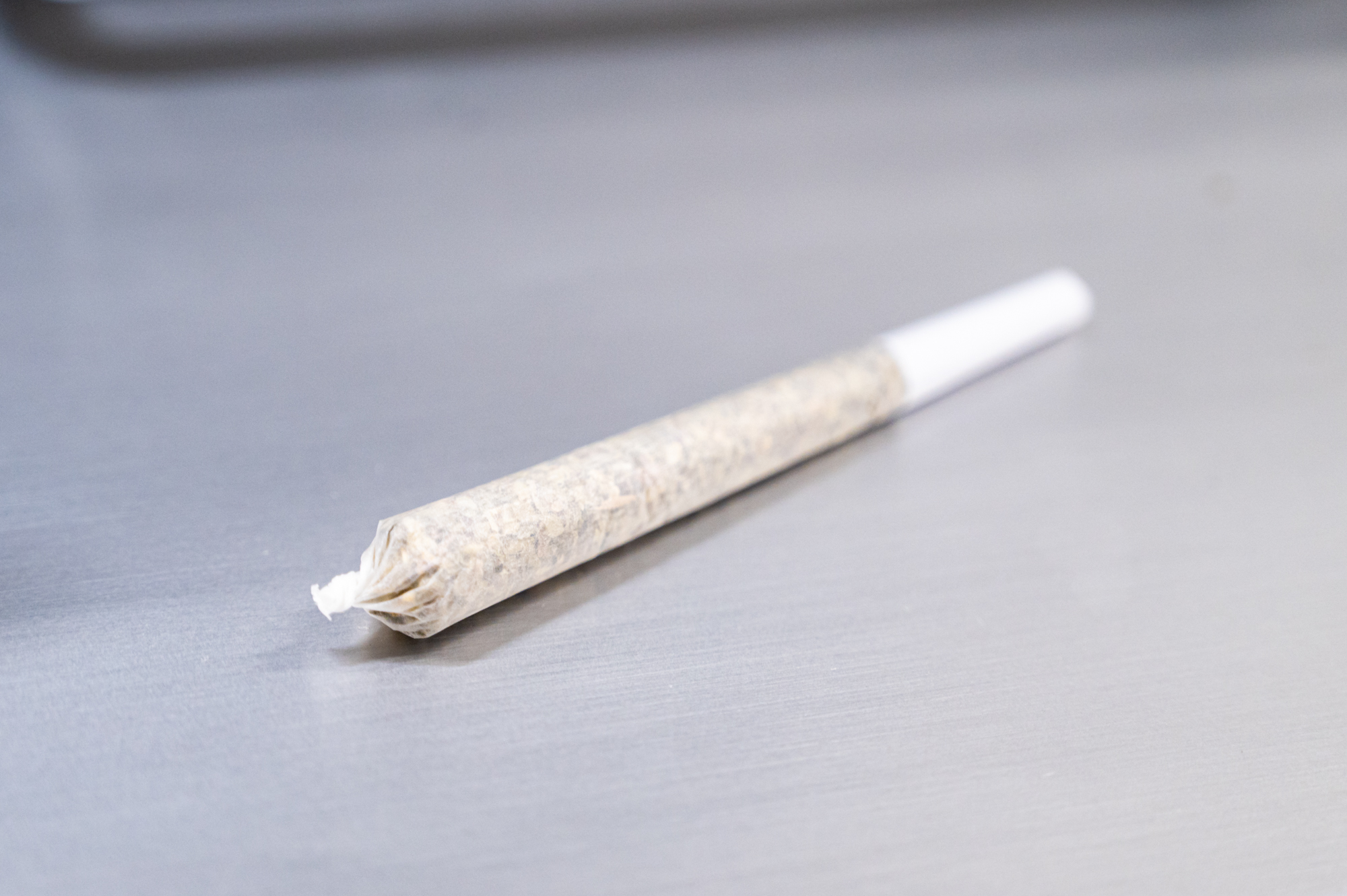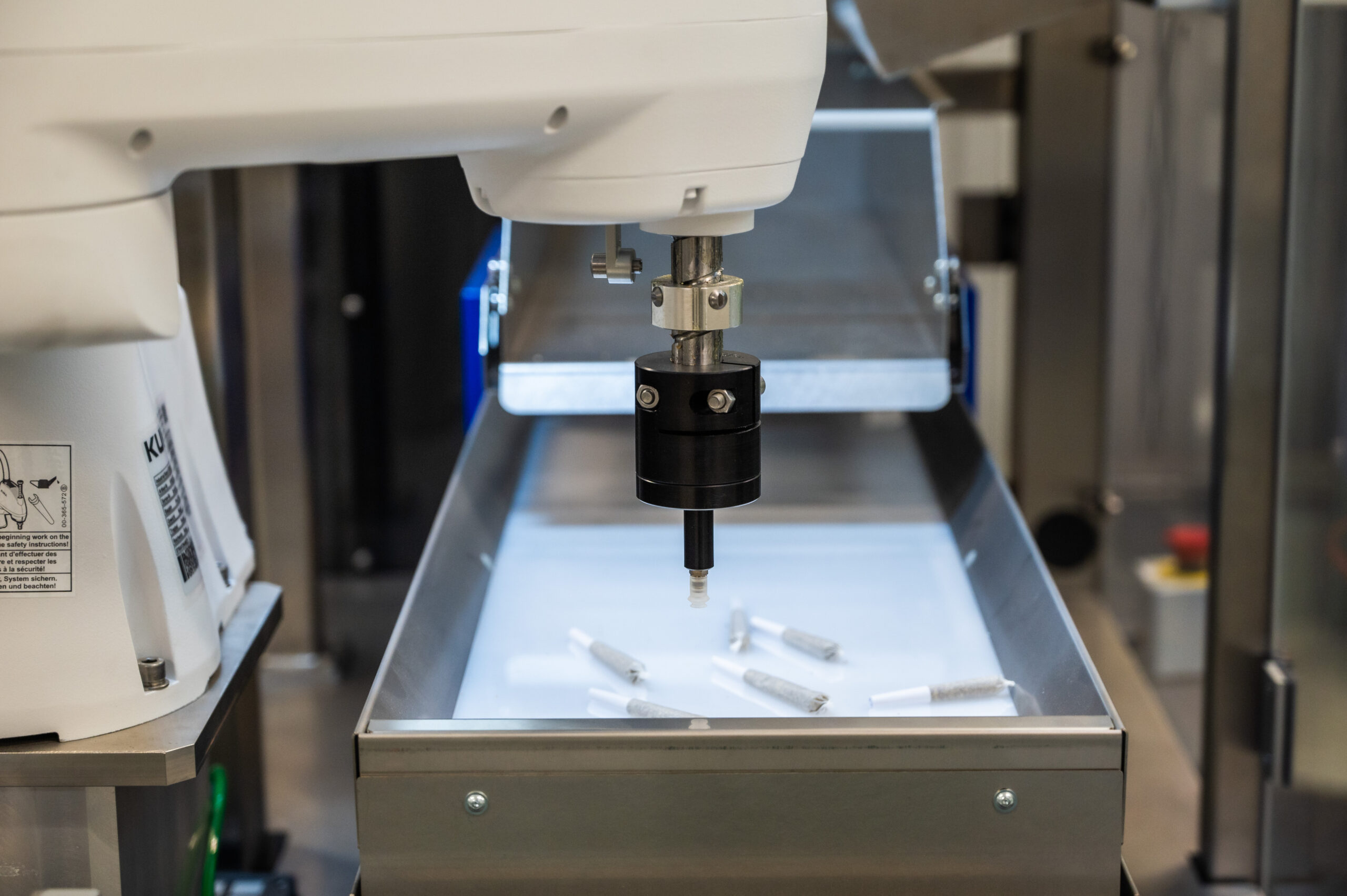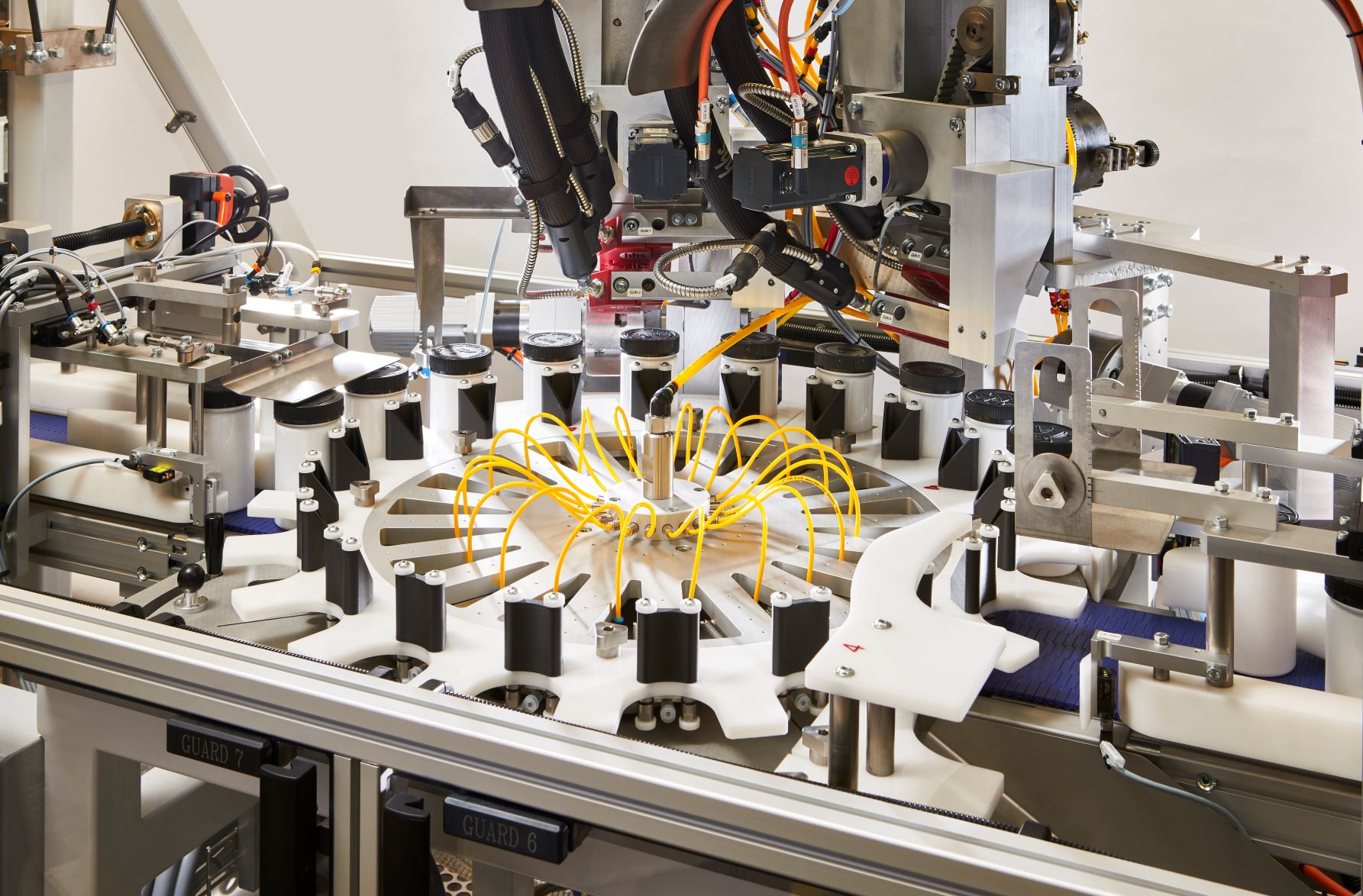The cannabis pre-roll production industry is a successful and growing market, driven by the increasing legalisation of cannabis for both medical and recreational use in many countries. From Canada and the United States to Portugal and the Netherlands, regulations continue to evolve around the world.

According to a report by Grand View Research, the global cannabis pre-roll market size was valued at USD 1.7 billion in 2020 and is expected to grow at a compound annual growth rate (CAGR) of 22.4% from 2021 to 2028. The report cites factors such as increasing cannabis legalisation, growing acceptance of cannabis use, and the convenience of pre-rolls as driving the industry’s growth.
For the market to continue to prosper, pre-roll production must persist in meeting user requirements – and individual manufacturers should carve their reputation in positive consumer and vendor experiences.

The ease and portability of pre-rolls have made them a popular choice among cannabis users. They take away the fiddly and messy process of rolling by hand, while precise measurements and tight packing ensure a more consistent smoking experience.
Similarly, pre-rolls are often a great commercial choice for licenced cannabis vendors. Buying single joints is cost-effective for many users and, when paired with the variety of strains and flavours available, allows customers to purchase better selections in bulk.
However, the industry is also subject to regulations and guidelines set by local governments and regulatory bodies. To this end, manufacturers must follow proper safety and quality control procedures to ensure a compliant and high-quality product.
To guarantee a positive impression for smoker and seller alike, it’s essential to be aware of the hidden problems that can arise in pre-roll production – and take the necessary precautions to mitigate them, before they get a chance to damage your reputation.
1 Uneven Packing

When a pre-roll is lumpy and lacks a smooth fill, the smoking experience becomes akin to a joint that was hand-rolled by a rookie. It creates a burn that’s inconsistent and harsh, with varying draw rates.
Uneven packing also results in poor airflow through the joint, making it difficult to draw, causing flare ups or an inconsistent burn of the pre-roll – severely impacting both the quality of the joint and the pleasure of the experience.
2 Inconsistent Dosing
If cannabis is not measured accurately, it can result in inconsistent dosing in each pre-roll. This presents a hazard to users who need to be conscious of cannabis strength.
Erratic measures can result in unpredictable effects and overconsumption, which could put the consumer at risk; while on the other hand, a weaker than expected potency could make the cannabis less effective, which is a particular for concern for users who smoke medicinally.
3 Contamination

Discover how CME support the Cannabis industry with Process Automation Solutions >>
Contamination of pre-rolled joints can occur if proper hygiene and sanitation protocols are not followed during production, leading to the growth of harmful bacteria or mold. This has no place in any manufacturing process, but is particularly concerning when consumption is involved.
Exposing users to contamination can leave them vulnerable to respiratory illnesses and infections – which, of course, will severely damage the reputation of the manufacturer (if not resulting in legal ramifications).
Contamination isn’t just a health issue; it can affect compliance, too. Contaminating a pre-rolled joint with tobacco, for example, would cause serious problems in territories where smoking cannabis and smoking cigarettes are subject to different laws. Similarly, if cannabis strains are not kept separate during the manufacturing process, there’s a danger of mixed flavours and inconsistent effects.
All in all, producing a pre-rolled joint isn’t a million miles apart from manufacturing food or beverages. Consumers needs to know exactly what their pre-rolls contain, and trust that they won’t be put at risk by poor hygiene standards.
4 Inaccurate Labelling

If a pre-roll isn’t labelled correctly, it can lead to confusion for consumers and potentially harmful effects – especially if users aren’t aware of the potency or strain of cannabis they’re smoking.
With the growing demand to understand the strain, terpenes, age and origin, informative and accurate labelling is moving to the forefront of the consumers mind.
Tax labelling is also important to ensure compliance with local tax regulations, which can vary widely depending on the region. Failure to comply with tax regulations can lead to legal issues and potential penalties for producers and consumers alike, so it’s essential to make sure your product is accurately labelled or stamped.

5 Improper Storage
Pre-rolls can lose their potency and flavour if they’re not stored correctly. Exposure to light, heat and air can all have an unwanted effect on your product, causing the cannabis to degrade over time.
Pre-rolls should be stored in a cool, dry place, away from direct sunlight and excessive heat or humidity – preferably in an airtight container, to prevent exposure to air and moisture. Failure to do so will result in cannabis drying out and losing its freshness – ending in an unpleasant, harsh smoke with a stale taste.
6 Insufficient Quality Control

Without proper quality control measures, pre-rolls can vary in potency, flavour and appearance, leading to an inconsistent product for consumers. This isn’t purely an issue for user experience, but safety and compliance, too.
Quality control ensures that pre-rolls are compliant with regulatory requirements, including labelling, packaging, and testing standards. Meanwhile, it also puts measures in place to prevent contaminants such as mold, bacteria, and residual solvents – all of which can be harmful to consumers’ health.
To achieve acceptable quality control, pre-roll manufacture should follow strict protocols for sourcing, processing, and packaging cannabis. This includes using reliable materials, ensuring proper hygiene and sanitation protocols, and conducting regular testing for contaminants and potency.
By implementing these measures, producers can confirm that their pre-rolls are safe, high-quality, and compliant with regulatory requirements, leading to a better experience for consumers and a more successful business.
7 Improper Disposal of Waste
Cannabis pre-roll production can generate significant waste, including excess plant material and packaging. If not disposed of properly, this can harm the environment and potentially cause legal issues.
With users expecting higher standards of sustainability in almost all products they consume, manufacturers must be seen to proactively shrink their carbon footprint; so, if you can reduce waste through eco-friendly processes (such as composting excess plant material), you’ll certainly be taking a step in the right direction.
Manufacturers need to be conscious of hidden problems in pre-roll production and take the necessary precautions. This is vital to ensure that their cannabis pre-rolls are safe, high-quality, and compliant with regulatory requirements.
There’s no need to risk hidden pitfalls in your pre-roll production. CME produce packaging machinery and automation solutions for brand owners and manufacturers worldwide – helping them to create safe, compliant and user-friendly products.
If you’d like to talk to our experts about improving the efficiency of your pre-roll production, get in touch today.






